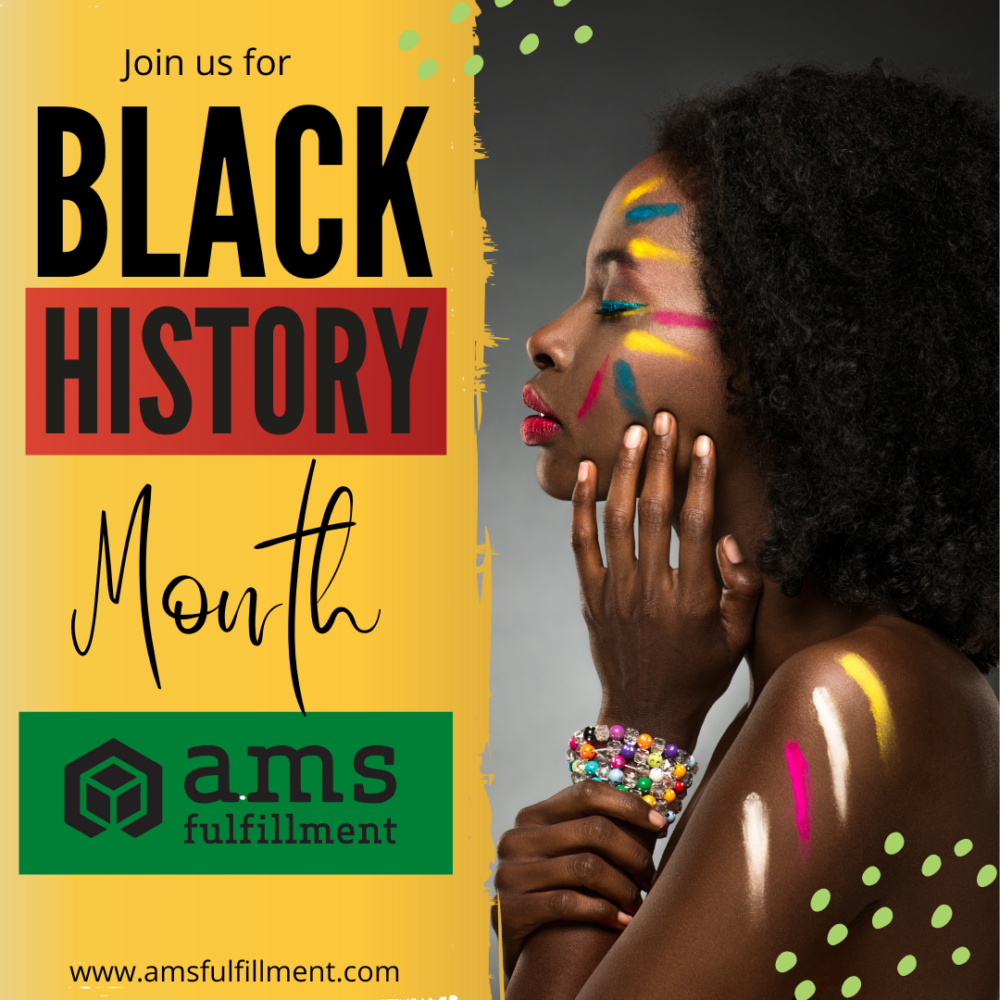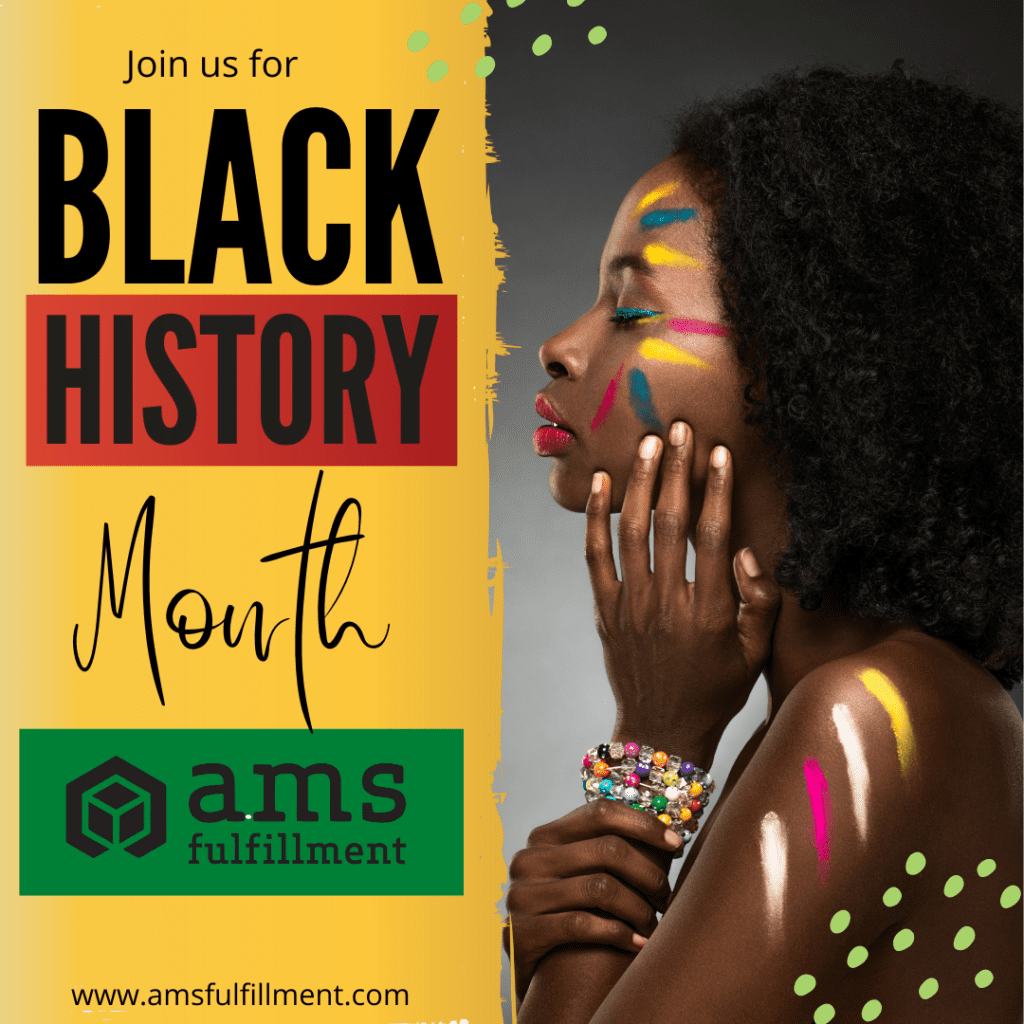
“During their medal ceremony in the Olympic Stadium in Mexico City on October 16, 1968, two African-American athletes, Tommie Smith and John Carlos, each raised a black-gloved fist during the playing of the US national anthem, “The Star-Spangled Banner”. While on the podium, Smith and Carlos, who had won gold and bronze medals respectively in the 200-meter running event of the 1968 Summer Olympics, turned to face the US flag and then kept their hands raised until the anthem had finished. In addition, Smith, Carlos, and Australian silver medalist Peter Norman all wore human-rights badges on their jackets.”
Black Power and Civil Rights
The Black Power movement took place parallel to the Civil Rights Movement. It formed under the concept of human rights – not one’s right as a citizen (civil rights) but rather one’s right as a human being. From the National Archives [LINK] we read the following:
“Black Power began as revolutionary movement in the 1960s and 1970s. It emphasized racial pride, economic empowerment, and the creation of political and cultural institutions. During this era, there was a rise in the demand for Black history courses, a greater embrace of African culture, and a spread of raw artistic expression displaying the realities of African Americans.
“The term “Black Power” has various origins. Its roots can be traced to author Richard Wright’s non-fiction work Black Power, published in 1954. In 1965, the Lowndes County [Alabama] Freedom Organization (LCFO) used the slogan “Black Power for Black People” for its political candidates. The next year saw Black Power enter the mainstream. During the Meredith March against Fear in Mississippi, Student Nonviolent Coordinating Committee (SNCC) Chairman Stokely Carmichael rallied marchers by chanting ‘we want Black Power.’”
When the gloved fist was raised at the Olympics, Black Power certainly entered mainstream conversation. This global ‘raised fist’ demonstration had been preceded by the murder of Dr. Martin Luther King Jr., which brought about a mass outpouring of grief and anger, with rioting taking place in cities across the country. It was a world-changing time in Black History.
A Revolutionary Time
The story of the Black Power movement is the story of a revolutionary time that brought about COINTELPRO (a US Government counterintelligence program) as well as a number of very strong and articulate Black leaders. We encourage readers to visit the History website [HERE] for an interesting writing entitled “How the Black Power Movement Influenced the Civil Rights Movement.”
Rather than generalize on what was an inspiring movement of two decades, we will introduce three leaders from the time, Stokley Carmichael, Shirley Chisholm and Fred Hampton, and we’ll speak on their work. A glimpse into their experience tells the story of the time. The information is gleaned primarily from Wikipedia.
Stokely Carmichael
Stokely Carmichael was known by his given name, and some years later, by his chosen name, Kwame Ture. He was a prominent organizer both with regard to the civil rights movement and the pan-African movement. He was born in Trinidad and came to the US around the age of 11, attending Bronx High School of Science where he became an activist. He was a key leader in the development of the Black Power movement; leader of the SNCC (the Student Nonviolent Coordinating Committee), Honorary Prime Minister in the Black Panther Party and then leader of the All-African People’s Revolutionary Party. He was one of the original SNCC 1961 Freedom Riders who took busses into the South to do ‘sit ins’ and challenge segregation.
He was a strong voting rights advocate, but the 1964 Democratic National Convention’s failure to recognize the Mississippi Freedom Democratic Party delegates caused him to discard the two-party system. Carmichael eventually decided to develop the national Black Panther Party. He popularized Black Power in his speeches and writings, and became one of the most popular and controversial Black leaders of the late 1960s.
J. Edgar Hoover identified Carmichael as the man most likely to succeed Malcolm X and the FBI targeted him for counterintelligence activity through its COINTELPRO program. In 1968 Carmichael moved to Africa and was established in Guinea by 1969. He adopted the name Kwame Ture and campaigned for the revolutionary socialist pan-African movement until his death in 1998.
Shirley Chisholm
Shirley Anita Chisholm was an American politician who, in 1968, became the first black woman to be elected to the US Congress, representing New York’s district centered in Bedford-Stuyvesant. She served for seven terms, from 1969 to 1983. In 1972, she became the first black candidate for a major-party nomination for President running for the Democratic party’s nomination. Throughout her career, she was known for her stand against economic, social, and political injustice and for black civil rights and women’s rights.
She became involved in local Democratic Party politics in the 1950s. In 1964 she was elected to the New York State Assembly and four years later, she was elected to Congress. She rose to party leadership and expanded food and nutrition programs for the poor. She retired from Congress in 1983 and taught at Mount Holyoke College while continuing her political organizing. In 2015, Chisholm was posthumously awarded the Presidential Medal of Freedom.
Fred Hampton
Fredrick “Chairman Fred” Hampton came to prominence in his late teens and early 20s in Chicago as deputy chairman of the national Black Panther Party. He founded the anti-racist, anti-classist Rainbow Coalition, a multicultural political organization that included the Black Panthers, Young Patriots, an activist organization of white youths, the Young Lords made up of Hispanic activists, and an alliance of street gangs. This helped them end infighting and work for social change. Hampton considered fascism the greatest threat, saying “fascism will stop us all.”
In 1967, the FBI identified Hampton as a radical threat, trying to subvert his activities in Chicago and placing a counterintelligence operative in the local Panthers organization. In December 1969, Hampton was drugged, then shot and killed in his bed during a predawn raid at his Chicago apartment by the Chicago Police Department and the FBI. Law enforcement sprayed more than 100 gunshots throughout the apartment; the occupants fired once. Panther Mark Clark was also killed and several others were seriously wounded. In 1970 the Cook County Coroner’s inquest concluded that Hampton’s and Clark’s deaths were justifiable homicides. But a lawsuit in 1982 lead to a monetary settlement from the US Government, Cook County and the City of Chicago. Many scholars now consider Hampton’s death at age 21, a deliberate murder, or an assassination at the FBI’s initiative.
A Glimpse of the Time
We hope that these stories have increased your knowledge of Black History and the Black Power movement. The efforts for racial pride, development of Black business, self-support and self-determination continue to this day within a human rights movement embracing the entire Afrodescendant family, located in the USA and Americas Region and Caribbean, in countries where the slave trade brought their ancestors.
** **
Our Black History Series #4 will be on the abolitionists and their work to end slavery.
AMS Fulfillment is a Certified B Corporation, committed to put people before profit. We work to B the Change we wish to see in the world.




